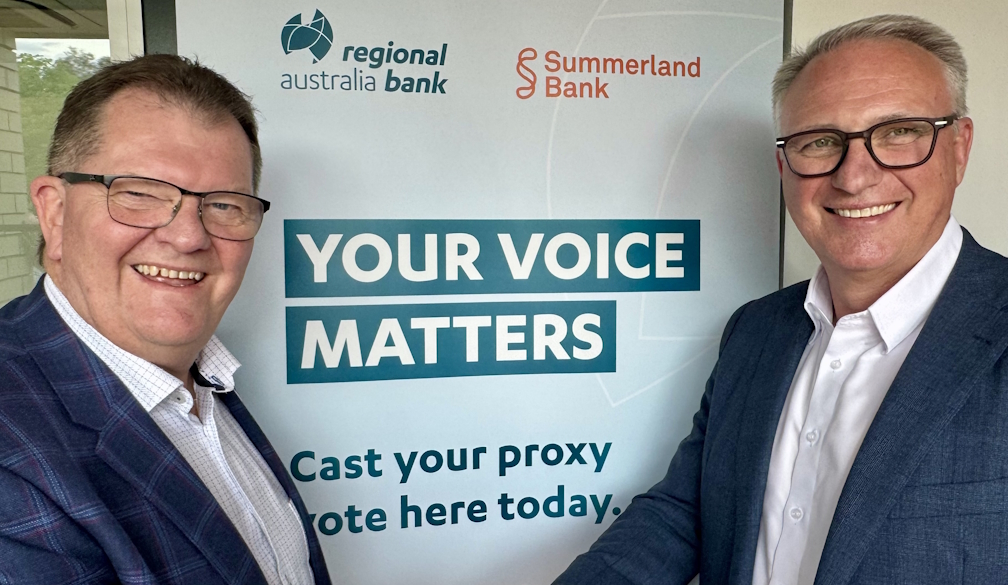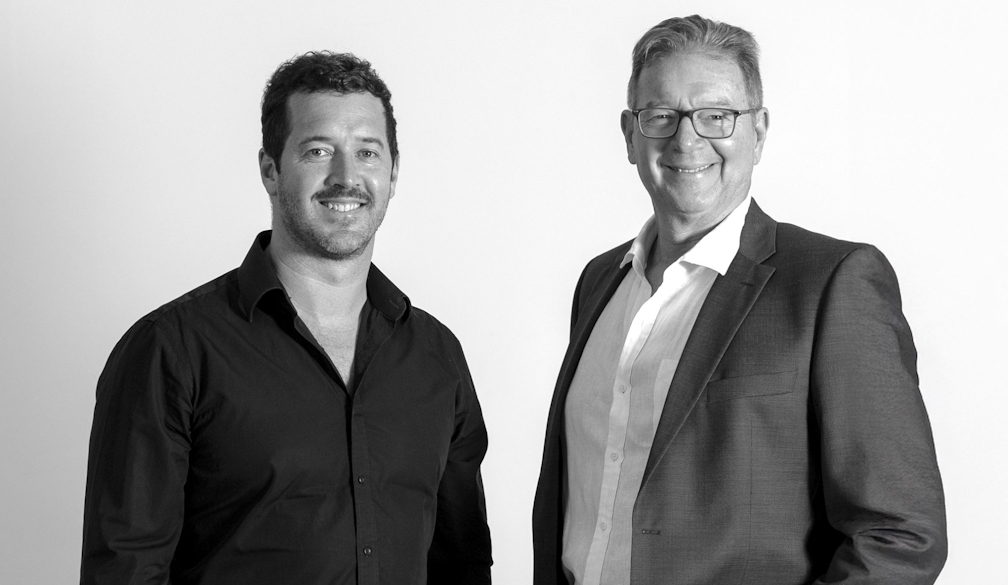Three ways to achieve your New Year’s resolutions by building 'goal infrastructure'
- Written by Peter Heslin, Associate Professor, UNSW Business School, UNSW

Every year most of us make New Year’s resolutions. Eat healthier. Exercise regularly. Invest more in valued relationships. Learn a language. And so on. Often they are the same resolutions as last year.
Why do our resolutions often so swiftly wither away?
A prime culprit in this annual rollercoaster of optimism and disappointment is overconfidence in the power of our intentions.
Read more: A behaviourist's guide to New Year's resolutions[1]
The excitement of a new year (and perhaps the fruit of celebrating a little too hard) cloud remembering a hard fact of life: good intentions readily evaporate without a trace in the face of everyday experiences such as exhaustion, temptation and long-standing habits.
Fortunately, academic research on goal-setting can help. Studies over several decades have identified some effective ways to overcome these common obstacles to realising your plans.
Beyond SMART goals
It’s well-known (and also true) that New Year’s resolutions are more likely to be attained if they are “SMART”:
- Specific (about exactly what you want to achieve)
- Measurable (with clear indicators of progress)
- Achievable (given your available resources, constraints and other priorities)
- Relevant (to what you most value)
- Time-bound (with the specific date by when you aim for mission accomplished).
Crafting SMART goals is a good start. But the odds of realising your resolutions will be improved by building what I call “goal infrastructure” – that is, resources that enable goal attainment.
Below are three powerful ways to build goal infrastructure.
1. Link your goals to your cherished values
Useful insights about how to do this may be drawn from a study of how a goal-setting program could help struggling students improve their academic performance.
The research involved 85 students at McGill University in Montreal. Participants given the goal-setting intervention answered questions about their ideal future, qualities they admired in others, things they would like to do better, things they would like to learn more about, and habits they would like to develop.
They then developed and prioritised the goals they were excited to pursue, before writing about the specific positive impacts they thought achieving each goal would have on their lives and the lives of those they cared about.
Compared to students in the control group, those who participated in this goal-setting intervention significantly improved their academic results four months later.
Why not brainstorm your own responses to the questions addressed by the study participants?
Then develop a compelling rationale for working persistently to achieve your highest priority goal(s), by answering the following questions:
- what benefits do I expect to flow from reaching my goal?
- how might achieving my goal enhance my life and/or the lives of those I care about?
Write down your answers and put them where you will see them often.
2. Create implementation intentions
Implementation intentions supplement SMART goals with details of when and how you will act to attain your goals.
Two types of implementation intentions are:
- if-then-plans (“If situation X arises, then I will Y”)
- when-then plans (“When situation X arises, then I will Y”).
For example, “If I feel upset by an email, when possible I will wait until the following day before sending my response.” Or, “When it is 5.27pm, then I will have left the office for the gym within the next three minutes.”
Several hundred studies have shown that deciding ahead of time when and how you will act in accordance with your goals helps you get started and avoid being derailed by tiredness or other distractions. As a result, goals are far more likely to be reached when paired with implementation intentions.
3. Establish peer accountability
What gets measured gets managed! This maxim is particularly valid when you feel accountable for acting in accordance with your goals.
The Agile software development methodology features mandatory morning stand-up meetings where team members publicly answer the following two questions:
- “What did you do yesterday?”
- “What will you do today?”
Knowing that tomorrow you will answer the first question helps brings focus to what you do today. Why not try this for a week so see if it works for you?
Read more: Time for a reset? How to make your New Year's resolutions work[2]
Another way to harness the power of peer accountability is to partner with someone else (ideally other than a life partner) who is also serious about adhering to their resolutions.
Text or email each other what you commit to do each day for a month (for example, swim 1 km, not open email after 8 pm, no screens after 10 pm, call a friend, do 50 pushups, pray for 10 minutes).
Then in a brief phone chat at the same time each week, ask each other whether you adhered to each of your daily commitments during the past week. Make no excuses and provide no explanations. Simply answer “yes” or “no” regarding whether you kept each commitment.
The anticipated satisfaction in saying “yes” to those scheduled questions, as well as the powerful drive to avoid having to admit failure, can be a powerful motivator to keep yourself on track.
Of course, there’s no magic wand to materialise your New Year’s resolutions. But if you are serious about making a change, play with the possibilities to discover what “goal infrastructure” works for you.
References
- ^ A behaviourist's guide to New Year's resolutions (theconversation.com)
- ^ Time for a reset? How to make your New Year's resolutions work (theconversation.com)
Authors: Peter Heslin, Associate Professor, UNSW Business School, UNSW







